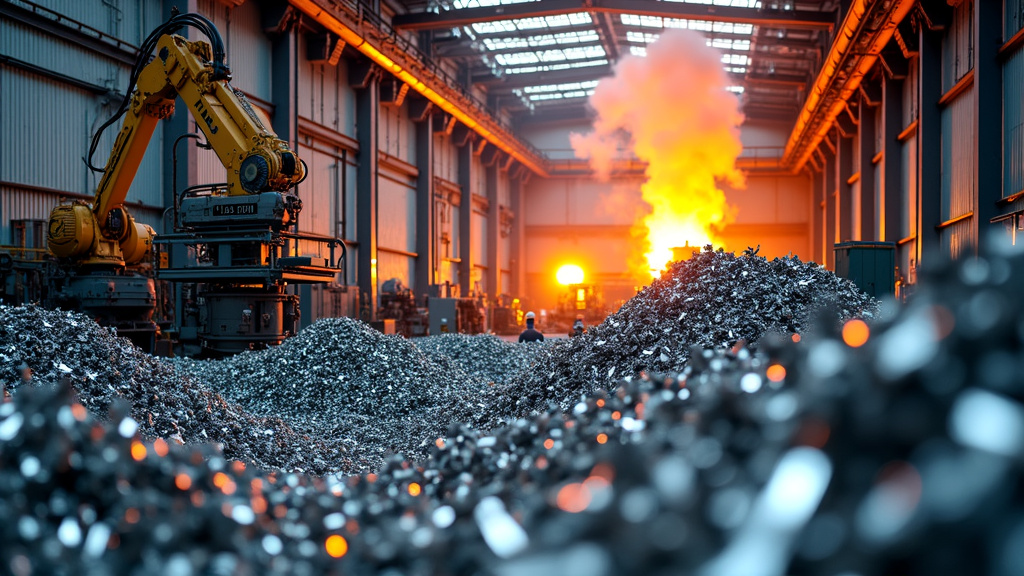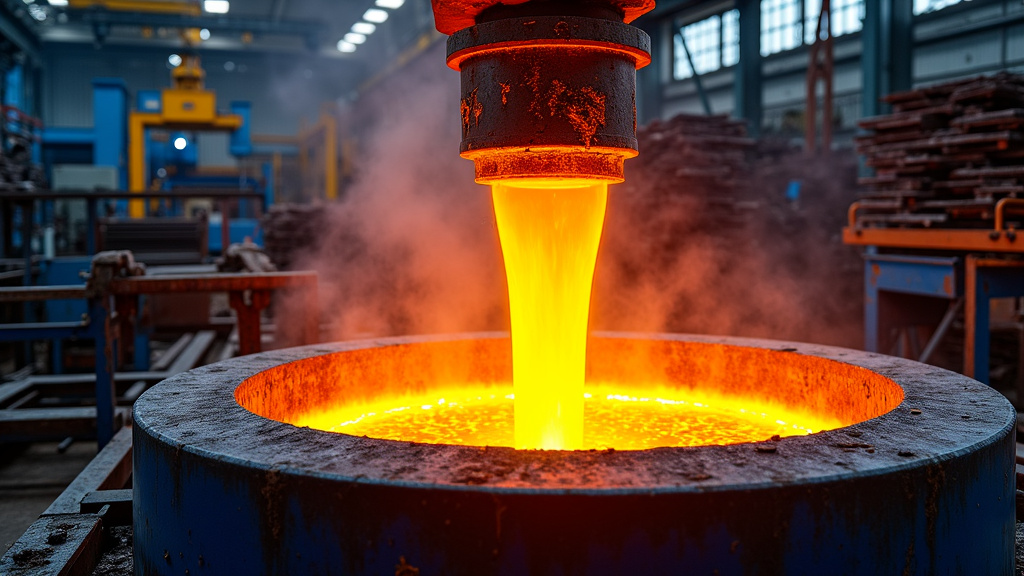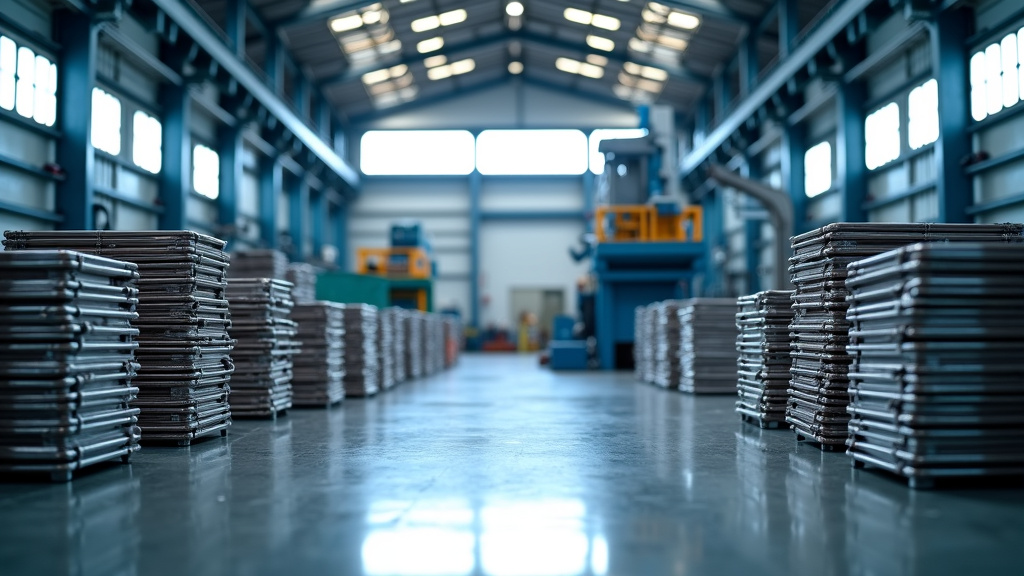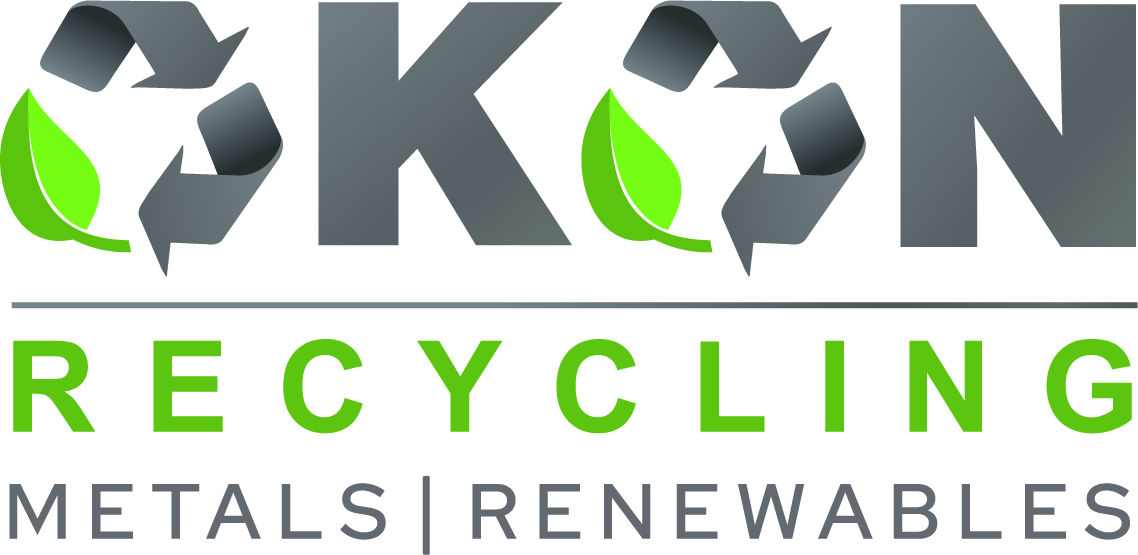5901 Botham Jean Blvd, Dallas, TX 75215
Understanding Recycled Steel Prices: A Comprehensive Guide
April 9, 2025Have you ever considered how the price of recycled steel affects our environment and economy globally? The recycled steel price is more than just a figure; it’s a key indicator of our progress towards a sustainable future and a thriving circular economy.
As sustainability becomes essential, recycled steel leads resource conservation efforts. Its price changes influence decisions from construction sites to automotive factories.
But what exactly determines these prices, and why should you care? Whether you’re a business owner, an eco-conscious consumer, or simply curious, understanding the dynamics of recycled steel prices is crucial.
This guide will explore the complex factors affecting recycled steel prices, from global market trends to local scrapyard competition.
The Economic Benefits of Steel Recycling

Steel recycling isn’t just beneficial for the environment; it also boosts the economy. This sustainable practice offers significant advantages: reducing production costs, conserving energy, and creating jobs. Let’s explore how steel recycling is paving the way for a more circular and prosperous future.
Recycling steel significantly reduces the need for virgin raw materials, leading to substantial cost savings for manufacturers. According to industry experts, producing steel from recycled materials requires less energy than starting from scratch with iron ore. The result? Lower production costs that can be passed on to consumers or reinvested in innovation.
Energy conservation is another key economic benefit of steel recycling. Melting down scrap steel consumes far less energy than extracting and refining new ore. This energy efficiency not only cuts costs but also reduces the steel industry’s carbon footprint, aligning economic gains with environmental goals.
Job Creation and Economic Growth
One of the most tangible economic benefits of steel recycling is job creation. The recycling industry is a significant employer, offering positions across various skill levels. From collection and sorting to processing and manufacturing, steel recycling generates employment opportunities throughout its value chain.
These jobs represent real economic growth in communities. For example, recycling steel reduces air pollution by 86% and water pollution by 97%, creating healthier environments where businesses can thrive. This ripple effect extends beyond the recycling facilities, supporting local economies and fostering sustainable development.
Moreover, the steel recycling industry contributes to economic resilience. By reducing reliance on volatile raw material markets, it helps stabilize steel prices and enhances the industry’s ability to weather economic challenges. This stability is crucial for industries heavily dependent on steel, such as construction and automotive manufacturing.
Circular Economy: A New Economic Model
Steel recycling is a cornerstone of the circular economy, a model that aims to eliminate waste and maximize resource use. In this system, materials are kept in use for as long as possible, extracted for maximum value, and then recovered and regenerated at the end of their service life.
The economic implications of this model are profound. By closing the loop on steel production, we create a more sustainable and efficient economic system. This approach reduces waste and pollution while opening up new business opportunities in recycling, refurbishment, and innovative product design.
A prime example of the circular economy in action is the automotive industry. Many car manufacturers now design vehicles with recycling in mind, ensuring that steel components can be easily recovered and reused at the end of a car’s life. This approach not only reduces waste but also creates a reliable stream of high-quality recycled steel for future production.
Case Study: Steel Recycling Success
To illustrate the real-world impact of steel recycling, consider a success story from the construction industry. A major building project in New York City incorporated over 95% recycled steel in its framework. This decision not only reduced the project’s environmental impact but also resulted in a 20% cost saving on materials.
The success of this project benefited the local economy. It created jobs in steel recycling facilities, reduced the need for raw material imports, and showcased the potential for sustainable construction practices. The building now stands as a testament to the economic viability of large-scale steel recycling initiatives.
In summary, steel recycling offers a win-win scenario for the economy and the environment. By reducing costs, saving energy, creating jobs, and fostering innovation, it’s paving the way for a more sustainable and prosperous future. As we continue to embrace circular economy principles, the economic benefits of steel recycling will only grow, proving that what’s good for the planet can also be good for business.
Environmental Impact of Steel Recycling

Steel recycling is a powerful force against climate change and resource depletion. By diverting metal from landfills and reducing the need for virgin materials, this practice delivers substantial environmental benefits. Explore how steel recycling is reshaping industries and ecosystems.
The carbon-cutting potential of steel recycling is significant. For every ton of steel recycled, approximately 1.5 tons of CO2 emissions are avoided, highlighting recycling’s role in reducing greenhouse gases. Recycling steel requires up to 74% less energy compared to producing steel from raw materials, leading to a smaller carbon footprint.
Beyond emissions reduction, steel recycling conserves resources. Each ton of recycled steel saves about 2,500 pounds of iron ore, 1,400 pounds of coal, and 120 pounds of limestone. By reducing demand for these resources, recycling helps preserve natural landscapes and biodiversity that mining would otherwise disrupt.
Preserving Ecosystems and Water Resources
The benefits of steel recycling extend beyond carbon and resource savings. By reducing the need for mining, recycling protects fragile ecosystems from destruction. Fewer mining operations mean less soil erosion, habitat loss, and water pollution from raw material extraction.
Water conservation is another key advantage. Steel production from virgin materials is water-intensive. Recycling steel can cut water usage by up to 40%, a significant benefit in water-scarce regions. This reduction helps maintain healthier aquatic ecosystems and supports sustainable water management.
Moreover, steel recycling minimizes landfill waste. Steel is 100% recyclable and can be reprocessed indefinitely without losing its properties. By keeping steel out of landfills, recycling conserves valuable land and prevents potential soil and groundwater contamination.
Aligning Business Practices with Sustainability Goals
For businesses aiming to enhance their environmental credentials, steel recycling offers a viable path to sustainability. By incorporating recycled steel into their supply chains, companies can significantly reduce their carbon footprint and resource consumption. This alignment with sustainability goals not only benefits the environment but can also enhance brand reputation and appeal to eco-conscious consumers.
Furthermore, the economic benefits of steel recycling can be substantial. Recycled steel is often less expensive than virgin material, offering potential cost savings for businesses. The recycling industry itself creates jobs and stimulates economic activity, contributing to a more circular and sustainable economy.
As global focus on sustainability intensifies, steel recycling emerges as a key strategy in combating climate change and resource depletion. Its ability to cut carbon emissions, conserve natural resources, and minimize waste makes it indispensable for businesses and governments in their pursuit of environmental stewardship.
| Environmental Benefit | Economic Benefit |
| Reduces carbon emissions by approximately 1.5 tons per ton of steel recycled | Creates jobs and stimulates economic growth |
| Conserves natural resources such as iron ore, coal, and limestone | Reduces production costs by using less energy |
| Minimizes air and water pollution | Stabilizes steel prices |
How Okon Recycling Can Help with Recycled Steel Prices

In the changing world of recycled steel prices, having a trusted partner is crucial. Okon Recycling, with its long-standing legacy in metal recycling, stands as a symbol of expertise and reliability. But what distinguishes this Dallas-based company in an industry where prices can vary significantly?
Central to Okon’s offerings is their exceptional industry insight. With over 100 years of experience, their team has navigated numerous market cycles, offering a unique perspective on price trends. This isn’t just about historical knowledge; it’s about applying that wisdom to today’s complex recycling landscape.
Okon’s state-of-the-art facilities are more than a buzzword—they’re transformative for businesses aiming to optimize their recycling efforts. With advanced technology, Okon processes materials more efficiently, resulting in better prices for clients. It’s a win-win: businesses gain more value for their scrap while contributing to a sustainable future.
Making Informed Decisions in Steel Recycling
The world of steel recycling is both complex and crucial for a sustainable future. Understanding recycled steel prices and their fluctuations enables businesses to make strategic decisions that benefit their bottom line and contribute to environmental conservation.
Adopting sustainable steel recycling practices is essential for participating in the circular economy. By reducing waste, conserving resources, and minimizing energy consumption, companies can significantly impact the sustainability of the steel industry and beyond.
Consider evaluating your current recycling practices. Are you maximizing the potential of your scrap steel? Are you informed about market trends and price fluctuations? Even small changes in managing steel waste can lead to significant financial and environmental benefits over time.
To optimize your approach to recycled steel prices and sustainability, partnering with experienced recyclers can be transformative. Okon Recycling, with its expertise, offers valuable insights and solutions tailored to your needs.
Take the next step towards sustainable steel recycling today. Contact Okon Recycling at 214-717-4083 to explore how you can make more informed decisions in your steel recycling practices and contribute to a greener, circular economy.
